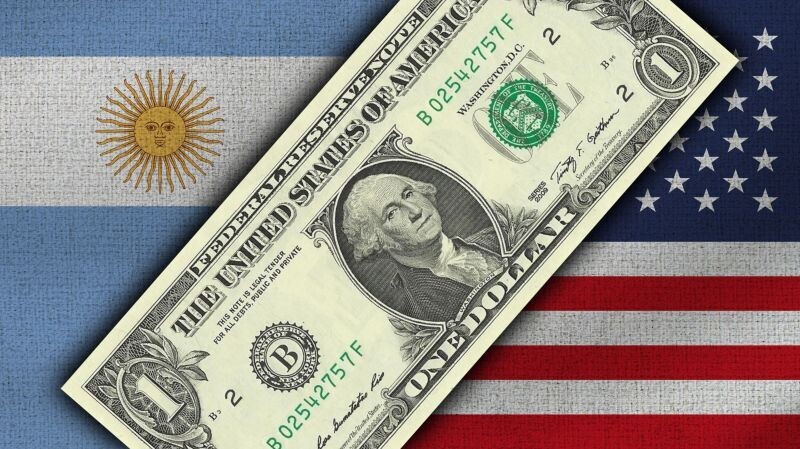
The Federal Reserve lowered its reference rate and the market received it enthusiastically, considering that this unexpected reduction, greater than expected, could prevent a recession. This leads to expectations about future reference rates being less complacent than anticipated before September 18. As a result, interest rates generally increase since the reference rate outlook is no longer as pessimistic as previously thought.
According to El Cronista, the Fed is following an old manual where it seeks to generate stimulus through two paths. First, reductions in the reference rate typically translate into lower short-term interest rates, which lowers the cost of borrowing for consumption. Second, and more relevant, by creating a favorable environment, the Fed aims to boost an optimistic stock market, creating a positive wealth effect that impacts consumption.
It is emphasized that the market currently interprets that the Fed is acting in time to prevent a recession, which is reflected in the historic highs reached by indices such as the S&P and Nasdaq, as well as in assets such as gold and silver. This occurs in a context where it is perceived that the Fed is indirectly encouraging investment in various risk assets, such as stocks, commodities, real estate, and cryptocurrencies.
Following the Fed's announcement on September 18, which surprised the market with a 50 basis point reduction in the reference rate, unusual behavior has been observed in the yield curve, where long-term rates have increased. This situation has led to a dynamic that seems to disfavor the holding of safe bonds, as a contradiction has emerged between the reference rate and the rest of the curve.
Globally, a scenario is emerging where major central banks have begun to lower their reference rates, seeking to counteract a global economic slowdown. In this context, it is suggested to invest in tangible assets such as stocks, commodities, cryptocurrencies, and real estate, while avoiding fiduciary currencies and bonds from the Group of Ten as much as possible.














